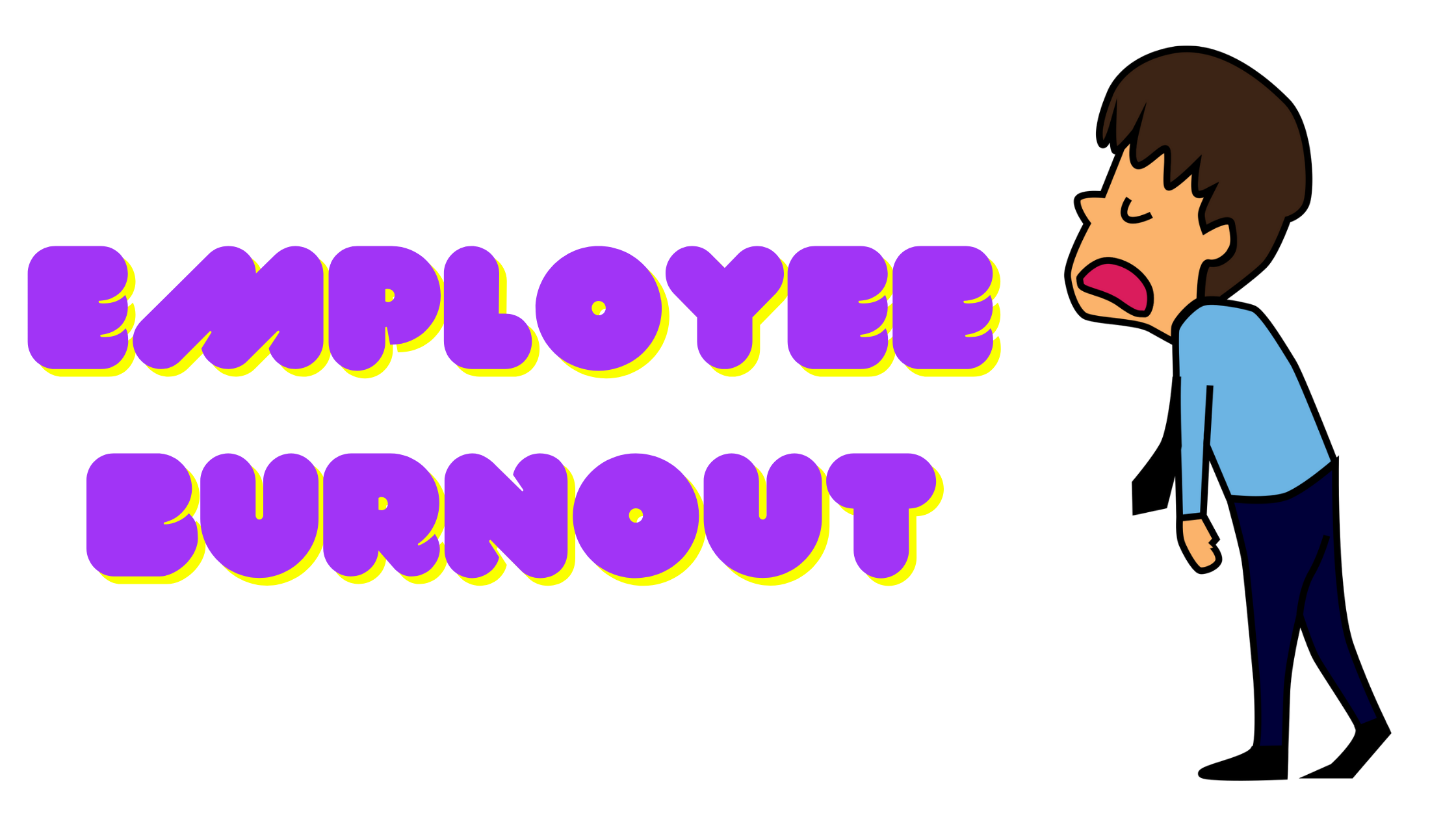Experiencing burnout is significant problem employees face in the nonprofit sector. It’s a problem, not only for the employee but for the entire success of the nonprofit organization. Whether you’re writing grant proposals or volunteering to review proposal submissions, the process is often cumbersome and grueling. While solving issues that lead to burnout will take thought and effort, spending this time to make your staff’s lives easier can do wonders for the culture and success of your organization.
What contributes to employee burnout?
A study from Opportunity Knocks cited by Nonprofit HR found that about half of all respondents already felt burned out or were in danger of becoming burned out soon. The great tragedy is that the individuals that are the most affected are usually your most dedicated people.
There are many reasons why burnout occurs. When you’re deeply and emotionally invested in your job, setbacks can take a personal toll, and it becomes difficult to effectively separate work and life. According to nonprofit public relations company Stepping Stone, other factors are frequent overtime and balancing the demands of different stakeholders, including co-workers, board members, potential and existing grantees. Compound these issues with your own mission to support your organization, and everything can build up, making you feel like there is no end in sight for the amount of effort you’re contributing.
Burnout tends to increase rapidly when organizations are understaffed because a smaller group of employees is scrambling to complete the work. This is especially noticeable when cutbacks occur, causing a smaller number of staff members responsible for an often growing workload. The Opportunity Knocks survey found that 74 percent of nonprofits distributed duties among current employees when one position was eliminated.
When staff is burned out, they become less engaged and begin to search for other opportunities. Productivity becomes even lower when more people leave, which can cause a vicious cycle of hiring, training, overworking, and turnover.
There are answers, however, for foundations, charities and other organizations to avoid burnout:
Technology – Talk to donors
Look for tools on the market that will make your organization’s goals more achievable with less effort put into manual processes. If you’re in the position of relying on external organizations for funding, talking to donors about providing funding for software tools like grant management, donation management, and business intelligence.
Chances are, your organization has inefficiencies that can be greatly improved with the addition of process management tools that are readily available on the market today. Improving efficiency can lessen workload and create happier and less burned-out employees. Happier employees are more productive and increased productivity will allow you to take your organization to the next level in achieving your goals.
Work on process improvement
While you can’t keep your staff from putting their whole heart into their work, you can provide tools that will increase their productivity and reduce the number of hours they spend on inefficient processes. Grant management software can eliminate some of your ineffective processes and greatly reduce the overall cost of running your entire process.
Think about how you manage the grant-making or grant-writing process. How long does it typically take, and how do you store the data you need? You may find that all of the overtime hours your staff is putting in may not be necessary once you eliminate inefficiencies and begin using the appropriate tools to improve your processes.












